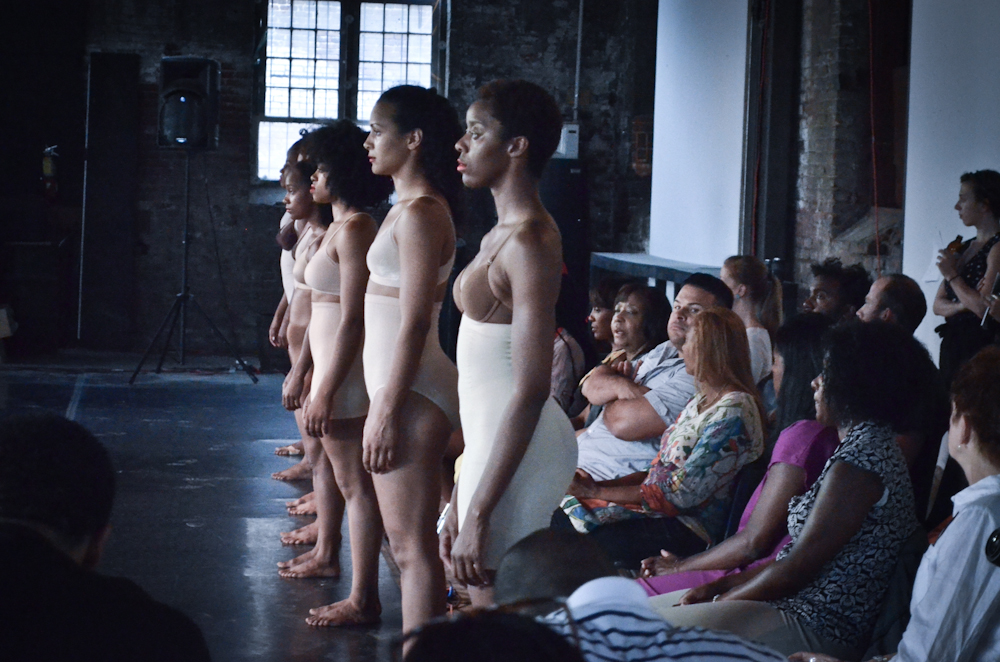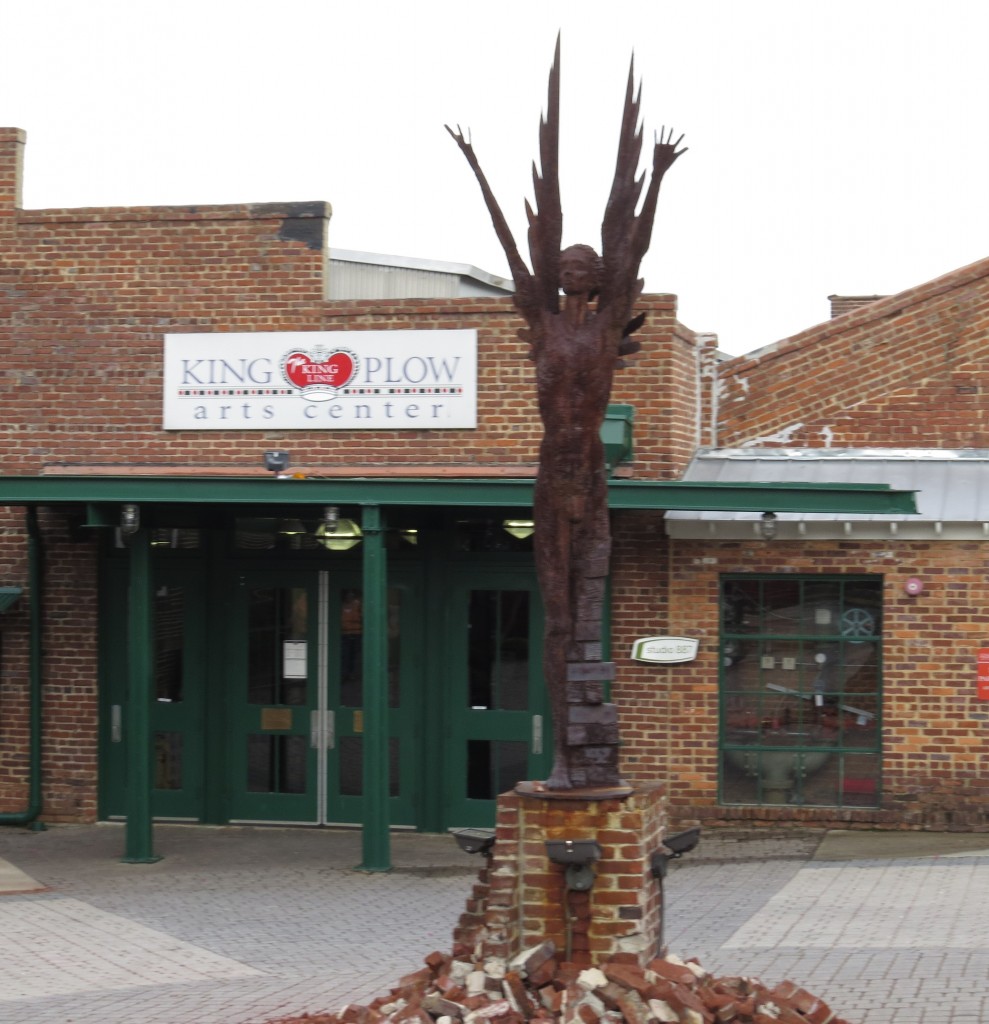
TRUCKS CHUG UP West Marietta Street as a train rumbles down nearby tracks. The clang of construction rings out from apartments on Brady Street. This is West Midtown, where artsy shops, home furnishing stores and award-winning restaurants line the sidewalks. Throughout the area, old industrial buildings have become loft and work spaces.
West Midtown’s central corridor is Marietta Street, the site of landmarks such the King Plow Arts Center. Also known as the Westside, the area is generally described as west of Northside Drive and Georgia Tech, bordered by Hollowell Parkway on the south and Buckhead on the north. It includes old residential neighborhoods such as Underwood Hills and part of Home Park.
HISTORY: In 1837, workers cut a railroad through the North Georgia wilderness. The line ended at Terminus — later called Atlanta. Plantations and farmhouses grew up in the vicinity, but met a fiery end when Union Gen. William Tecumseh Sherman marched through near the end of the Civil War. Stockyards, warehouses and factories replaced them.
Beginning in 1882, mule-pulled trolleys sped people along Marietta Street. Meatpacking became big business. Until the 1940s, horses, mules, cattle and pigs were shipped here. Furniture warehouses also clustered along the rail line. Later, artists moved into lofts in the old buildings and, after the 1996 Atlanta Olympic Games, something of a renaissance occurred. Developers began to create distinctive loft apartments, fueling the current post-recession building boom.

WHO LIVES HERE: West Midtown has a relatively young population, largely in the 20- to 45-year-old age group, according to developer Richard Martin of Midtown West Associates, the man behind the Brickworks lofts and other apartments. You’ll find tech-preneurs and young professionals. Georgia Tech students rent houses in Home Park, but are beginning to share the neighborhood with families. Howell Station Historic District, a longtime blue-collar neighborhood next to Knight Park, is also undergoing a resurgence.
WHAT TO SEE: King Plow Arts Center, once an old plow factory, is a complex of artists’ studios and arts-related businesses. Actor’s Express, the professional theater company that presents a mix of classic and original plays, lives here. At Souldance Lifecasting Studio, Donna Kay Forsyth makes plaster casts of real subjects, producing sculptures of hands, feet, faces and torsos. The Goat Farm Arts Center on Foster Street houses goats, studios, old buildings, wide open spaces and performances. The Atlanta Contemporary Arts Center on Means Street exhibits a mix of local, regional and international artists.
WHERE TO SHOP: West Midtown, which bills itself as a design district, is a great place to shop for home furnishings. The many retailers include Hill Street Warehouse, Bjork Studio and Savvy Snoot. Forsyth Fabrics is the go-to warehouse for drapery and upholstery. Find clothing at Anthropologie, Ann Mashburn and lululemon athletica in the Westside Provisions District, a shopping and dining area on Howell Mill Road. Star Provisions, a grocer with flair, sells cheese, wine, beer, baked goods and other gourmet items.
WHERE TO EAT: Miller Union creates a welcoming ambiance with its glass walls, concrete floors and old wood. Chef Steven Satterfield offers farm-to-table food with Southern touches. The plucky Optimist on Howell Mill Road serves a wide range of seafood — including 15 breeds of oysters! — cooked over a wood fire. Atlanta stalwart Bacchanalia is in the Westside Provisions District.

If your taste is more casual, try Yeah! Burger, Ormsby’s (go for the food, well-stocked bar and games such as backgammon, bocce, darts, pool and shuffleboard), a branch of the Corner Tavern, 5 Seasons Brewing Westside (fresh beer, here!) or the uber-popular Taqueria del Sol, where you line up, wait to order and grab a table (hint: visit the bar for a beverage for your wait in line). On weekend afternoons and evenings, choose your cuisine from food trucks at the Food Truck Park off Howell Mill Road on the Piedmont Hospital side of I-75.
SURPRISE: You never quite know what to expect from the ever-evolving performances at the Goat Farm. This summer, for example, three pieces move off the farm and into the streets of the city. One of them, called “Field Experiment,” is described as a public intervention that will wake passersby in a way not yet revealed. An architect-led project, “Envelope,” will construct bits and pieces on the facades of downtown buildings to disrupt the normal view of the horizon.
HIDDEN GEM(S): Sweeping vistas that drivers suddenly meet on stretches of industrial road are an unexpected pleasure. A high bridge that crosses railroad tracks below Marietta Boulevard, for example, reveals a stunning city skyline. Rooftop views include the one from the mostly seafood restaurant Six Feet Under on 11th Street, where Atlanta’s collection of sky-piercing towers appear at an odd angle — at least to those used to seeing them from the east.
::
Slide-show photo: The Atlanta Contemporary Art Center.



